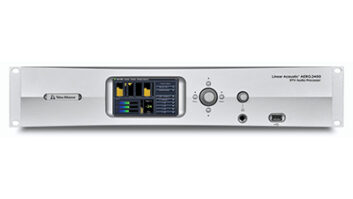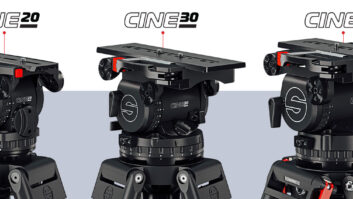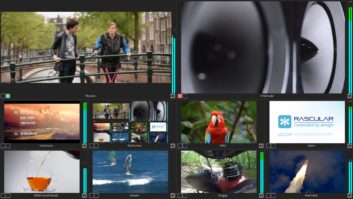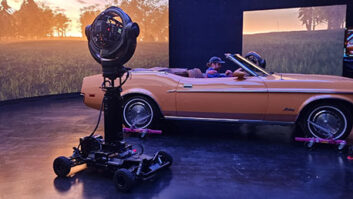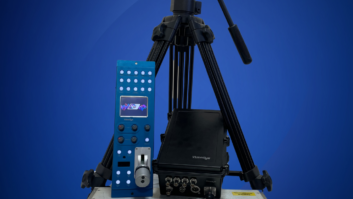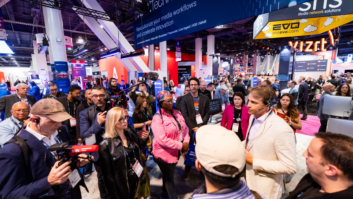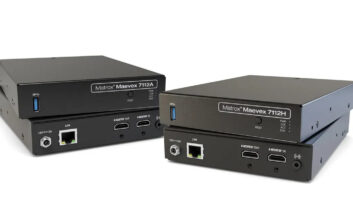
Ensemble Designs presented the new Avenue Multiviewer at the 2013 NAB Show. The new multiviewer has exceptional image quality, virtually no latency and a simple to use realtime user interface. “You can even use your iPad to setup this new mulitviewer,” exclaimed David Wood, president and chief design engineer at Ensemble Designs. “Configuration is very intuitive with the click-to-fill function and snap-to grids. Sources are always delivered at full-motion video frame rate, even when you have the maximum number of images on the screen. The video output looks amazing.” The company demonstrated two different stand-alone Avenue Multiviewer models and a multiviewer option to the Avenue Flexible Router. The Avenue MV82 has eight source inputs that can be configured to be displayed on one or two separate screens. The Avenue MV164 has 16 sources that may be displayed on up to four separate screens. Either configuration is available as an option to the Avenue Flexible Router. “I’m very excited to be bringing such high quality and ease of operation to the multiviewer market,” said Mondae Hott, director of sales for Ensemble Designs. “Sources are sized perfectly with Ensemble’s proprietary scaling algorithms, ensuring a beautiful picture no matter what size you choose. Couple that with labels, borders, audio meters, tally and layout all configured with a web browser on your computer or iPad, and you have one sweet multiviewer solution.” The Avenue Multiviewers accept all standard SD, HD and 3 GB/s formats. 4:3 sources are displayed in pillarbox mode. The output can be either 1080i or 1080p at 59.94 or 50 Hz. Audio meters can be displayed for each source and set to show four, eight or 16 channels. The source video can fill each cell or held back at 85% with border on the sides and bottom allowing visual separation and space for audio meters and labeling information. When the border is on, the picture is scaled to accommodate the border while maintaining video quality. Dual configurable tallies allow on-air indications of separate feeds. www.ensembledesigns.com
